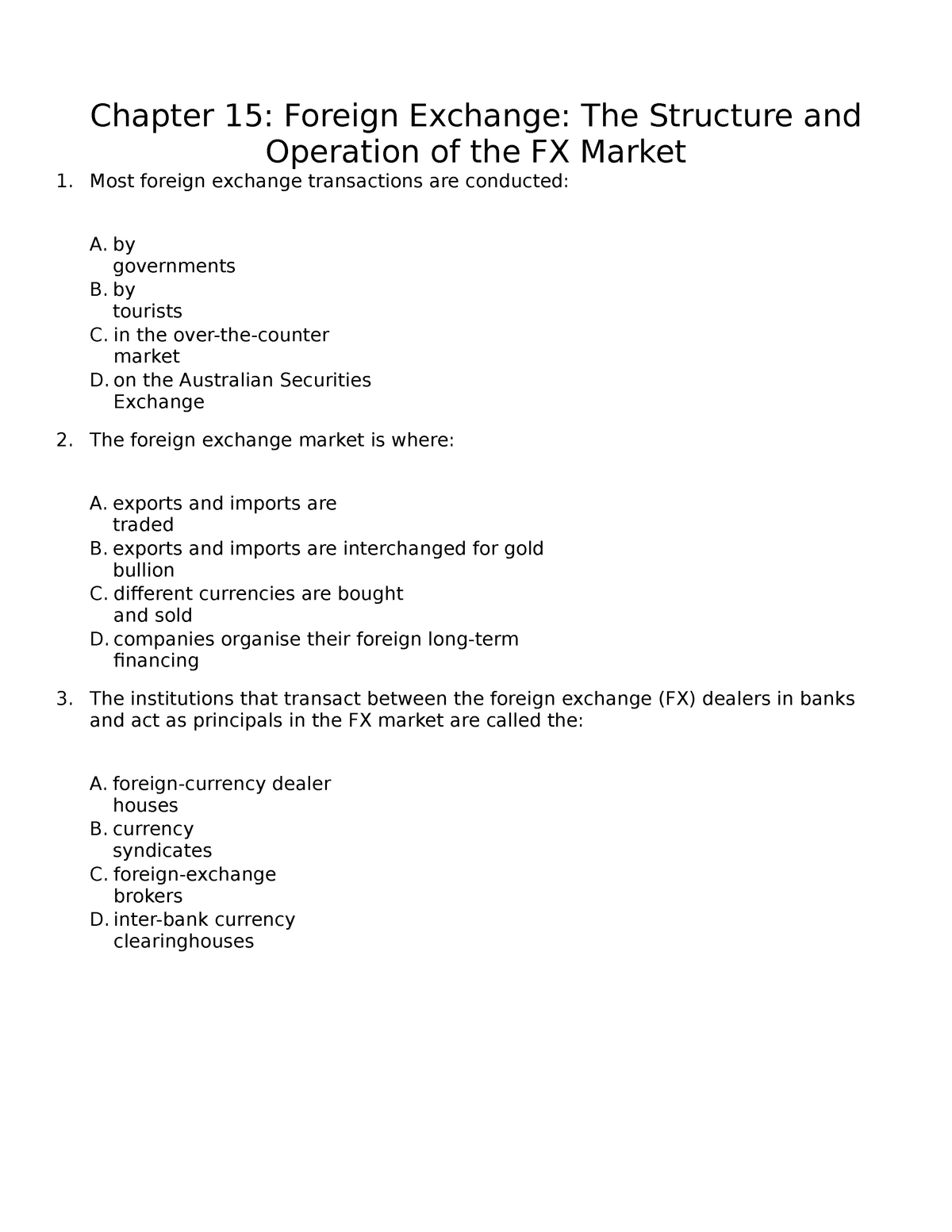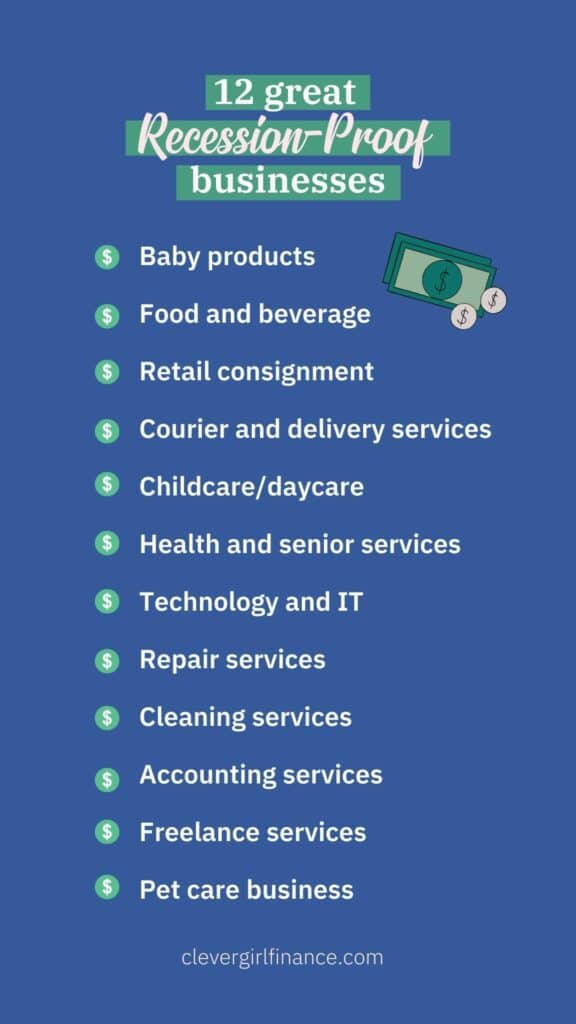
The current share price of your company and the dividend payout per shareholder are required in order to calculate the dividend yield. The results can then be compared with the company's current share price. This metric may be helpful, but it can also be misleading. The following paragraphs will explain how to calculate dividend yield correctly. And remember that the dividend yield is not the same as the actual dividend payout. It is essential to be careful when using it.
Dividend yield measures the ratio of a company's dividend payments to its share market price.
You're probably familiar with dividend yield if you are an investor. This is a way to compare a company’s dividend payout with its share price. This is not always as easy as it sounds. Before you judge the dividend payout rate, you need to take into account the company's operations, including profitability and debt levels.
Firstly, dividend yield is an important financial metric, as it shows how much a company pays in dividends for every dollar invested in it. If the dividend yield drops, it indicates that the company's payouts are decreasing. This could also mean that the company is reducing its dividend payments or lowering its stock price. When combined with other metrics, like price and dividend yield, the latter is more useful. Dividend stocks are a great investment option, but there are also drawbacks.

It helps investors compare stocks
Dividend Yield ratio (or dividend yield ratio) is a simple tool to help you determine the relationship between a stock’s price and its dividend yield. This calculation allows you to determine whether a stock's worth is worthwhile. Dividend yield is calculated when you divide the expected dividend amount by the share price. This is useful for comparing stock prices within the same industry. But, it is not the only method for evaluating stocks.
If you have an idea of how to calculate a stock's dividend yield, you can use the tool to analyze which stocks are a good buy. Although high-yielding dividend stocks are often listed on websites, they may not be the best investments. One example of falling stock is a company whose value was $100 just a few short months ago. A company's business suddenly started facing pressure and its shares dropped to $50. The dividend yield would rise to 10% in this instance. But it is important that you understand that rising dividends yields are often a sign to avoid stress.
It can be misleading
Many investors make poor decisions about how to calculate dividend yields. These calculations often depend on the stock price. In some cases, this is not an accurate measure of a stock's earnings potential. However, some investors are able to find stocks that offer high yields and still remain profitable. AT&T is one such stock. It has struggled with debts incurred through multiple acquisitions totaling billions of dollars. AT&T has announced that it will spin off assets. This will result in major changes to the company's cash flows and a drastic reduction in the company’s dividend in 2022. In some cases, investing in poorly performing companies by focusing only on dividend yields may be a bad idea.
Dividend yields are most useful when used in conjunction with a stock's price. It is important for investors to compare historical dividends when comparing two companies. If a stock's annual dividend was $20 in 2014 and was paid out $60 the previous year, it is likely to have a high yield dividend. The company's dividend yield drops by staggering 45% if the stock price has fallen below $20 over the last 12 months.

It can be a useful metric
Dividend yield is an indicator of how well a company pays out its dividends, compared to other companies that pay out a similar amount. Dividends are payment from companies to shareholders. They are generally paid quarterly. There are some companies that choose to pay dividends quarterly or monthly. This can cause the yields to fluctuate. This metric may be helpful in determining if a stock you are considering investing in is a good one.
While dividend yield is a useful metric it can also be misleading. It can fluctuate dramatically - especially if a company's stock price decreases due to fundamental reasons. This could indicate that you are holding an underperforming stock. This is called the dividend yield trap. Dividend yield is a useful metric, but you should always look at historical trends and your own financial goals. To determine your risk tolerance, use an investment calculator. You can then tailor your investment strategy for your specific needs.
FAQ
What role does the Securities and Exchange Commission play?
Securities exchanges, broker-dealers and investment companies are all regulated by the SEC. It enforces federal securities laws.
What are the benefits of stock ownership?
Stocks are less volatile than bonds. When a company goes bankrupt, the value of its shares will fall dramatically.
But, shares will increase if the company grows.
Companies often issue new stock to raise capital. This allows investors the opportunity to purchase more shares.
To borrow money, companies use debt financing. This gives them cheap credit and allows them grow faster.
If a company makes a great product, people will buy it. The stock price rises as the demand for it increases.
The stock price should increase as long the company produces the products people want.
Why is a stock called security?
Security is an investment instrument whose value depends on another company. It can be issued by a corporation (e.g. shares), government (e.g. bonds), or another entity (e.g. preferred stocks). The issuer promises to pay dividends to shareholders, repay debt obligations to creditors, or return capital to investors if the underlying asset declines in value.
What is a bond?
A bond agreement between 2 parties that involves money changing hands in exchange for goods or service. Also known as a contract, it is also called a bond agreement.
A bond is usually written on paper and signed by both parties. This document includes details like the date, amount due, interest rate, and so on.
When there are risks involved, like a company going bankrupt or a person breaking a promise, the bond is used.
Many bonds are used in conjunction with mortgages and other types of loans. This means the borrower must repay the loan as well as any interest.
Bonds can also raise money to finance large projects like the building of bridges and roads or hospitals.
When a bond matures, it becomes due. That means the owner of the bond gets paid back the principal sum plus any interest.
Lenders are responsible for paying back any unpaid bonds.
Statistics
- Our focus on Main Street investors reflects the fact that American households own $38 trillion worth of equities, more than 59 percent of the U.S. equity market either directly or indirectly through mutual funds, retirement accounts, and other investments. (sec.gov)
- Even if you find talent for trading stocks, allocating more than 10% of your portfolio to an individual stock can expose your savings to too much volatility. (nerdwallet.com)
- Ratchet down that 10% if you don't yet have a healthy emergency fund and 10% to 15% of your income funneled into a retirement savings account. (nerdwallet.com)
- The S&P 500 has grown about 10.5% per year since its establishment in the 1920s. (investopedia.com)
External Links
How To
How to Invest Online in Stock Market
You can make money by investing in stocks. There are many ways you can invest in stock markets, including mutual funds and exchange-traded fonds (ETFs), as well as hedge funds. Your risk tolerance, financial goals and knowledge of the markets will determine which investment strategy is best.
First, you need to understand how the stock exchange works in order to succeed. This includes understanding the different types of investments available, the risks associated with them, and the potential rewards. Once you've decided what you want out your investment portfolio, you can begin looking at which type would be most effective for you.
There are three major types of investments: fixed income, equity, and alternative. Equity is the ownership of shares in companies. Fixed income is debt instruments like bonds or treasury bills. Alternatives include commodities and currencies, real property, private equity and venture capital. Each category has its own pros and cons, so it's up to you to decide which one is right for you.
Once you figure out what kind of investment you want, there are two broad strategies you can use. One is called "buy and hold." You buy some amount of the security, and you don't sell any of it until you retire or die. The second strategy is "diversification". Diversification means buying securities from different classes. You could diversify by buying 10% each of Apple and Microsoft or General Motors. The best way to get exposure to all sectors of an economy is by purchasing multiple investments. You can protect yourself against losses in one sector by still owning something in the other sector.
Risk management is another important factor in choosing an investment. Risk management is a way to manage the volatility in your portfolio. If you are only willing to take on 1% risk, you can choose a low-risk investment fund. On the other hand, if you were willing to accept a 5% risk, you could choose a higher-risk fund.
Knowing how to manage your finances is the final step in becoming an investor. The final step in becoming a successful investor is to learn how to manage your money. A plan should address your short-term and medium-term goals. It also needs to include retirement planning. You must stick to your plan. Keep your eyes on the big picture and don't let the market fluctuations keep you from sticking to it. You will watch your wealth grow if your plan is followed.